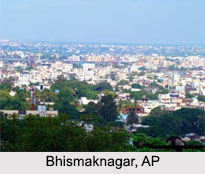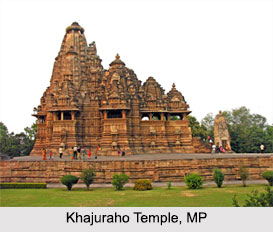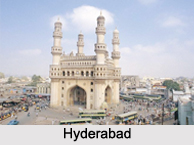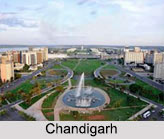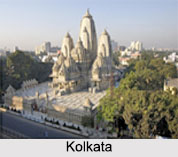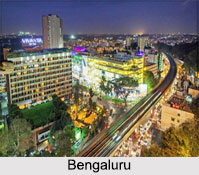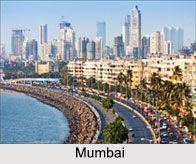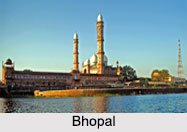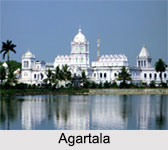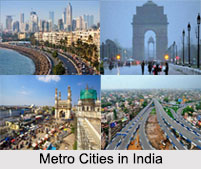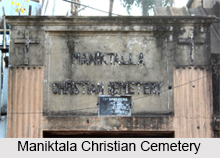 Maniktala Christian Cemetery is a Christian cemetery in Kolkata, West Bengal and it is the paradise for the national and international tourists. Maniktala Christian Cemetery is also maintained by Christian Burial Board in Kolkata established by the British East India Company and it is now also running in post colonial Kolkata. The photographers need to take permission to have the photography in Maniktala Christian Cemetery.
Maniktala Christian Cemetery is a Christian cemetery in Kolkata, West Bengal and it is the paradise for the national and international tourists. Maniktala Christian Cemetery is also maintained by Christian Burial Board in Kolkata established by the British East India Company and it is now also running in post colonial Kolkata. The photographers need to take permission to have the photography in Maniktala Christian Cemetery.
Location of Maniktala Christian Cemetery
Maniktala Christian Cemetery is located near Maniktala on A.P.C. Road (Acharya Prafulla Chandra Road).
Entrance of Maniktala Christian Cemetery
Maniktala Christian Cemetery has the nondescript gate and it is easy to miss. The name plat of Maniktala Christian Cemetery is almost hidden by the branches of a tree. The sliding inside through the narrow gap between the half closed doors Maniktala Christian Cemetery can be found, with a lane approaching an open space full of overgrown shrubs and bushes.
Functioning of Maniktala Christian Cemetery
Maniktala Christian Cemetery is still in use.
Famous Grave of Maniktala Christian Cemetery
Maniktala Christian Cemetery is famous for the grave of Toru Dutt. Toru Dutt was an Indian poet who wrote in English language and French language. She was born to father Govin Chunder Dutta and mother Kshetramoni of the Rambagan Dutta family. She died on August 30, 1877 and later buried in Maniktala Christian Cemetery.
Famous Inscriptions in Maniktala Christian Cemetery
The inscription engraved on the epitaph of Toru Dutt is:
"Sacred to the memory of
Matilda the beloved wife of Revd Charles H Bradburn
who departed this life on December 1880
after three years devoted service among Bengali boys
in the C.M.S. boarding school Amherst St"
The letters on this grave have almost faded out and we had to connect the existing dots to decipher the lines.
On 4th March 2007, the graves of Dutt family members were restored by the joint initiative of “Pather Panchali†and the former Minister of West Bengal Mr. Subash Chakraborty. But now the graves are covered by trees shrubs weeds and it"s hard to find out the graves. There are many non governmental organizations who are working on restoration and preservation of Maniktala Christian Cemetery.
Visiting Information
Maniktala Christian Cemetery is behind the Maniktala leprosy hospital (The Leprosy Mission) with the entrance to the left of the hospital. From the Maniktala crossing if one starts walking towards Rajabazar crossing it is on the left after a two minute walk to reach Maniktala Christian Cemetery.
Related Articles
Kolkata
Tourism In Kolkata
Cemeteries of Kolkata
British East India Company
British Empire in India
History of British Architecture in India
French Possession in India
Indian English Literature
History of Indian English Literature
Indian English literature During British India
